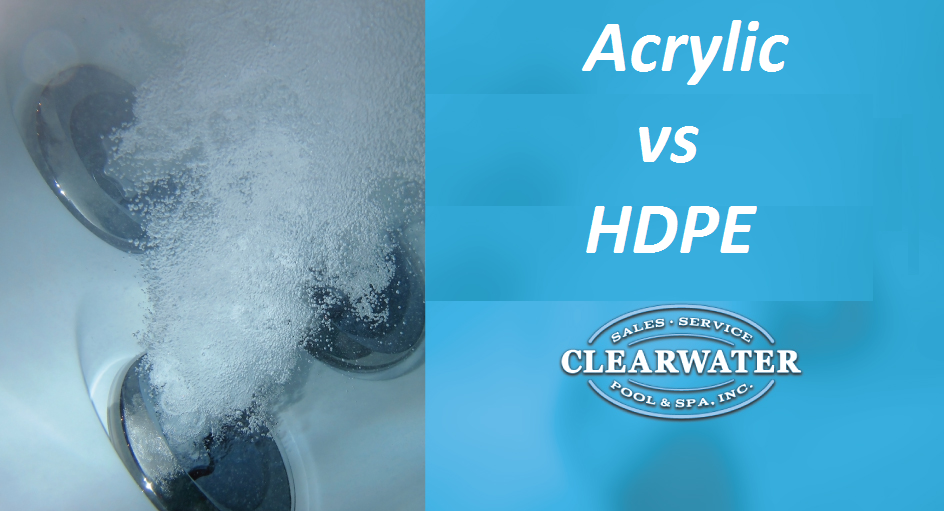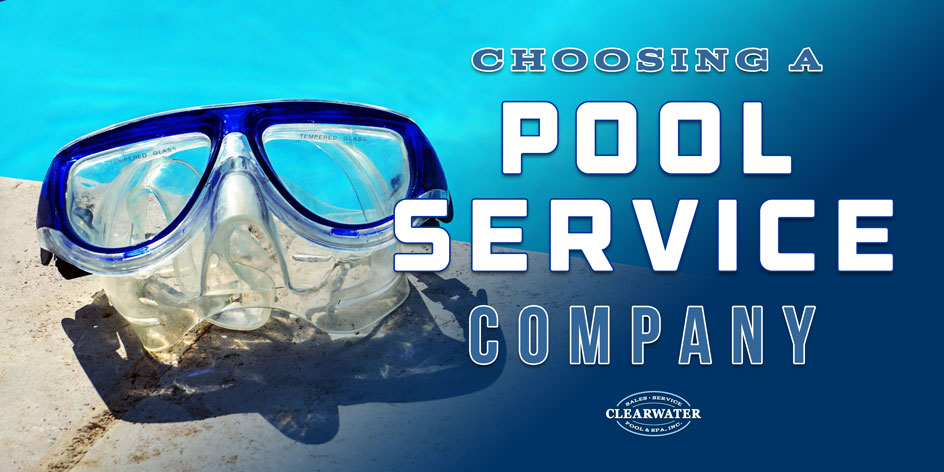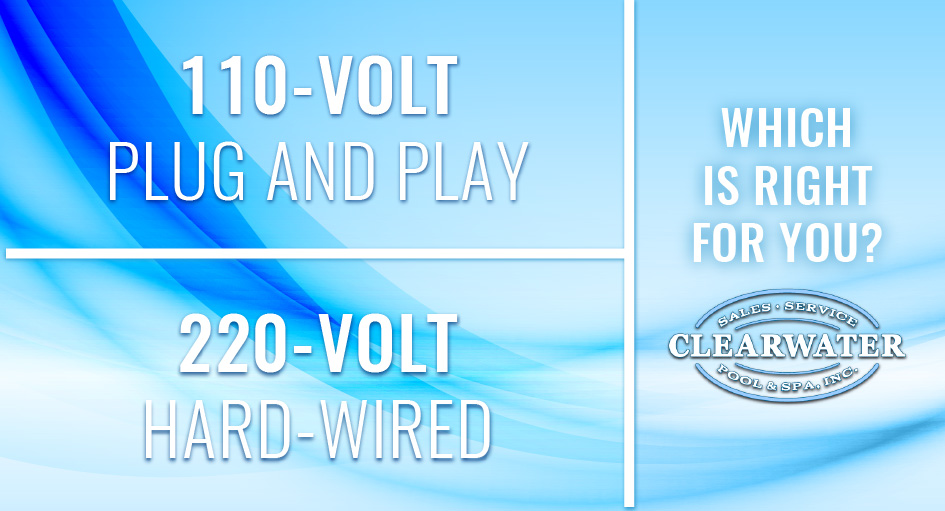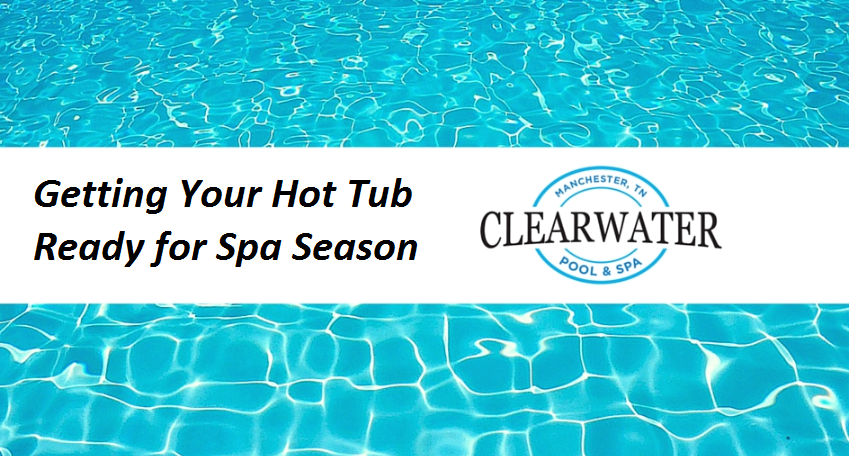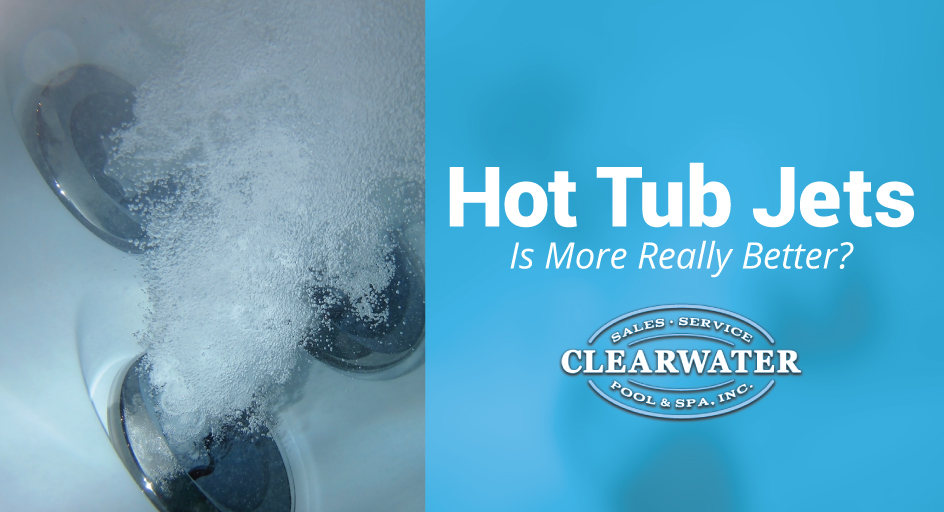So you’ve finally made the leap and decided to purchase a spa! Great news, right? Well you thought so until you start looking and see that there are hundreds of different types. Not only do you have different brands, but different models, different sizes, and even different materials!
Who knew there were so many different ways to make something you just put hot water in to relax in?! Well we are here to help alleviate some of that stress. Today we will just talk about two different types: acrylic and rotomold.
Acrylic: This is one of the more popular materials that spas are made of. They typically have a very shiny shell inside and come in an infinite amount of colors: sterling white, marble grey, Tuscan sun, etc. That list could go on for hours but I won’t bother you with the small details. Let’s talk about the pros and cons of this material.
Pros:
- It’s pretty! – We’ve already alluded to this before, but with the shiny surface that almost looks glassy, it is very pretty to look at, where rotomold spas generally have a duller surface appearance. They also boast different cabinet colors offering you the choice of exactly what you want your spa to look like while sitting on your patio.
- Equipment options – These type spas generally have bigger and stronger equipment than rotomold spas do. Their pumps boast a higher horsepower so that they can provide enough power behind each of the jets. Many brands also offer upgrades giving you the capability to add stereos, more lighting, or even tvs to the spas. This type of spa also offers more and a wider variety of jets. Don’t want straight jets, no problem! You can upgrade them to moto-massage jets that sweep up and down your back or jets that swirl the jet stream prior to getting to your body. You truly have the opportunity to customize your massage.
Cons:
- Durability – Yes, the acrylic is pretty to look at… until it cracks. Then you are forced to find a service technician that is able to repair the crack. Depending on their ability and material available, you may have a permanently discolored area where the crack previously was.
- Equipment – along with the bigger and stronger equipment comes a bigger price tag come replacement time. Replacement pumps for this type of spa generally start around $700-800 and go up from there. Along with that will be the price for a service tech to come out and replace it
- Price – This type of spa generally starts around $5,000 and goes up to over $30,000 depending on the brand and options that you pick.
Now let’s talk about rotomold spas. They are generally made out of high-density polyethylene, often called HDPE for short. If you think you don’t know what that is you would be surprised. Many products are made of this material – kayaks, refillable water bottles, and even milk jugs. Now that you know a little about the material they are made of, let’s talk about the pros and cons of this type of spa.
Pros:
- Price – This type of spa is generally on the lower end of the price range, starting at less than $2,000. For the consumers that are just getting in to the spa world, this is a perfect place to start. There is no sense in spending $10,000 on a product that you are not even sure that you will use more than once or twice a year. For the consumers in the “budgeting” stage of life this is also perfect since they are not outrageously expensive. Lastly, for those customers in the later stages of life this is also perfect since you can get a spa you can simply relax in without all of the bells and whistles. The parts are also cheaper to replace when it comes that time. For example, a pump starts around $350 instead of $700.
- Durability – This material can with stand just about anything that you can throw at it. Literally. It is a very flexible and pliable material that allows for it to withstand being jostled around and bumped into. For example, if a patio chair fell and scratched the side – you simply heat the area with a heat gun or even a hair dryer and lightly sand it with 120 grit sand paper. Viola! It looks like new. No need to call a specialized service tech to come repair it and no fear of it being permanently marred.
- Simplicity – Another wonderful thing about this type of spa is that they are generally “plug-and-play” spas. Most come ready to plug in to a 120 outlet so all you need to do is fill them with water then plug them in to a standard outlet and enjoy. Some also come with the capability to be converted to 220 so they heat the water faster, but that is not a requirement.
Cons:
- Options – this type of spa generally doesn’t come with all of the optional upgrades that an acrylic spa does. There are normally a few color options available and that is it. You may be able to upgrade the pump, but you will not be able to add the tv that you have always wanted to watch while you are in the spa. You will also not have the ability to customize the number and type of jets in the spa.
- Visual appearance – these spas are by no means ugly, but they do not offer the shiny “sparkle” that acrylic spas do. You will also not be able to customize the shell or cabinet color since they are all one piece – there is no separate shell and cabinet.
After reviewing the pros and cons, the question has to be asked – which spa is right for you? Some will answer that they want the “pretty” spa with all of the bells and whistles. Others will answer that they don’t want to spend that much and just want a spa that they can relax in. Which one are you?

